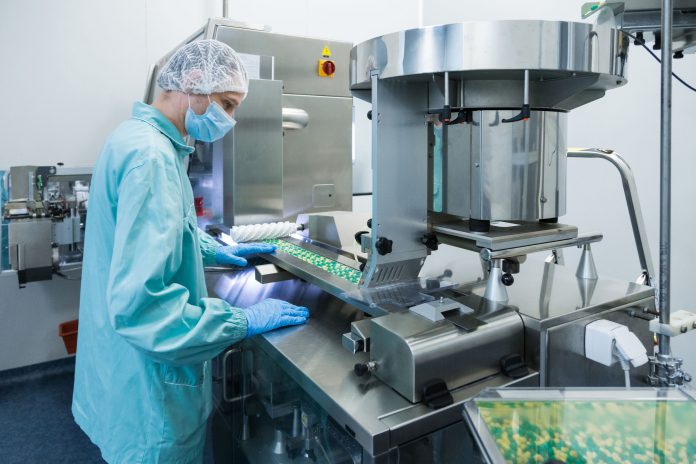President Trump recently announced he is extending social distancing guidelines to April 30th. He initially hoped to lift them by Easter. This is far from the first time he has changed his mind on how to best handle the coronavirus pandemic.
Although frustrating, the President’s indecisiveness is understandable. The United States recently surpassed China as the country with the most confirmed cases of COVID-19. Healthcare workers in many areas are overwhelmed, caring for infected patients. Public health experts continue to predict more infections and deaths in the near future.
Despite gloomy outlook, however, we are making considerable progress in battling the virus.
Abbott Labs recently developed a pathbreaking medical device that tests for coronavirus in five minutes. The company expects to be able to manufacture 50,000 tests a day. Entrepreneurs in California are pitching ideas to the state government on how to build more ventilators and refurbish older ones. The popular clothing retailer Brooks Brothers is manufacturing 150,000 medical masks daily. Florida’s non-profit Youth Fair is working with a Kentucky construction company to erect a 250 hospital bed facility to prepare for when local hospitals reach capacity.
Although these efforts certainly improve our chances to flatten the curve, they fall well short of what we ultimately need: effective treatment. As former Food and Drug Administration Commissioner Scott Gottlieb noted, “Life’s never going to be perfectly normal until we get to a vaccine.”
Unfortunately, a coronavirus vaccine may not be available for another 1 to 2 years. A major reason for this delay is that the vaccine will have to undergo the FDA’s approval process. During the pandemic, the agency has used an expedited approval process to approve coronavirus tests and off-label uses of existing drugs to treat the virus. But even the FDA’s expedited approval process for a vaccine could still take 12 to 18 months to complete (and possibly longer). Further, current clinical trials for coronavirus treatment may be difficult to for many patients to participate in, due to travel restrictions and other quarantine requirements.
Thankfully, right-to-try legislation offers a way to get a potentially life-saving treatment to patients before it is fully approved by the FDA. By side-stepping the FDA’s formal approval process, decisions to try experimental treatments are left to the patients, their physicians, and drug producers.
After becoming “law of the land” for forty-one states by 2017, President Trump signed federal right-to-try into national law in early 2018. Although the legislation has been historically polarizing, many agree that it has a valuable role to play in combatting the coronavirus. A recent survey finds 66 percent of responders support using right-to-try to get vaccine access faster. President Trump also expressed support of the right-to-try avenue to combat the virus.
Right-to-try does have its limitations, however. Using it to vaccinate for a condition with an estimated 1 percent fatality rate for most patients is not what the law was initially intended for. Further, those with the highest risk of dying from contracting coronavirus are also more likely to experience complications from using experimental treatments.
Despite these complicating factors, right-to-try allows doctors, drug producers, and patients the flexibility to weigh the costs and benefits of unproven but potentially lifesaving treatment. If things continue to worsen, and many expect they will, this flexibility could be crucial. Many states have already waved licensure requirements for medical professions to provide similar flexibility in administering treatment. Right-to-try laws could provide this for actual treatment.
And the right time to exercise this option could be approaching. Johnson & Johnson recently announced its plan to begin human testing on a vaccine for coronavirus by September, with the eventual hope of mass distribution by 2021. Right-to-try can help shorten the delay.
Let’s keep all options on the table.
